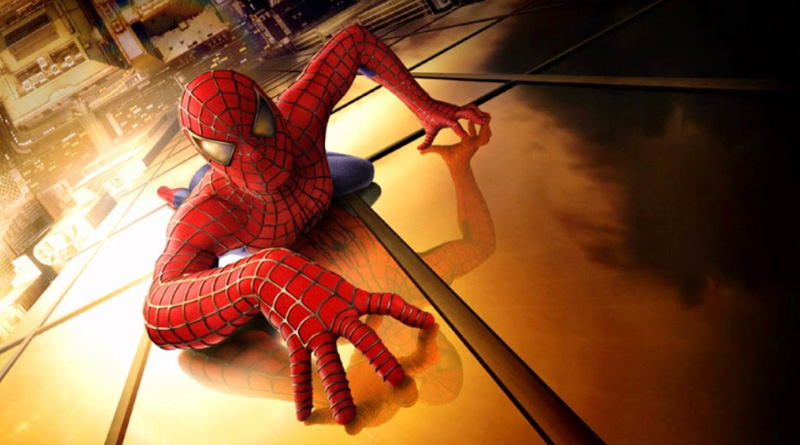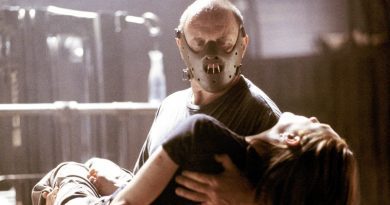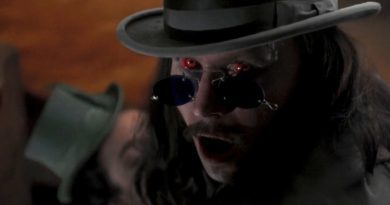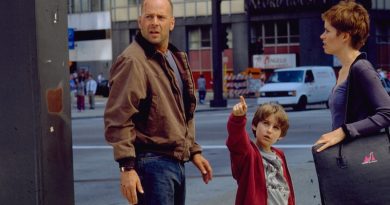Spider-Man at 20: The Film that Revived the Superhero Genre
May 3, 2002. The significant date that Sam Raimi’s first big-budget tentpole of Spider-Man famously credited for the resurgence of the superhero genre. This is especially true after the 1990s era saw plenty of high-profile flops such as The Rocketeer (1991), The Shadow (1994), Judge Dredd (1995), The Phantom (1996), Spawn and of course, Batman & Robin (both films were released in 1997).
While Blade and X-Men were two of the respective superhero films released in 1998 and 2000 that brought a positive restart for the aforementioned genre, it wasn’t until Spider-Man helped seal the deal. Not only did it change the cinematic landscape of the superhero genre but also made history as the first film to earn over US$100 million — US$114.8 million, to be exact — in just 3 days. It has enough staying power to last 34 weeks throughout the crowded summer movie season before it finally legged out at US$403.7 million with an additional US$418 million for a worldwide total of US$821.7 million. This is certainly an impressive feat, considering Spider-Man was released at a time when it had to face stiff competition like Star Wars: Episode II – Attack of the Clones, Minority Report and Men in Black II throughout the summer movie season.
Of course, it wasn’t all bed of roses for Spider-Man to reach the kind of tremendous success both financially and critically at the time of its release. The film actually has been in development hell for nearly 20 years or so, with James Cameron coming close to realising it back in the 1990s. He did come up with a script treatment after his success with Terminator 2: Judgment Day in 1991. His version would involve Spider-Man facing off against Electro, where Leonardo DiCaprio was cast to play the titular superhero. But the project didn’t work out as planned. It was no doubt one of the greatest what-if scenarios if Cameron got his wish after all. Of course, Cameron’s script treatment was not completely in vain when one of his ideas involved Peter Parker’s organic web-shooters were incorporated into Sam Raimi’s version.
Back to Sam Raimi, Spider-Man wasn’t the first time he ventured into the superhero genre. He already had his prior experience, albeit not adapting from any existing comic-book property with Darkman back in 1990. That film, which was based on his own short story stretched into a full-length feature, starred then-unknown Liam Neeson (!) as a disfigured scientist Peyton Westlake seeking vengeance against the responsible mobster played by Larry Drake. If you are a fan of Sam Raimi’s works, Darkman is worth checking out — one of the director’s essential must-see films that showcased his flair for comic-book sensibility both visually and narratively speaking. And it certainly helps Raimi a lot when he was brought in by Sony to direct Spider-Man and even granted him a bigger budget (US$139 million) at his disposal.
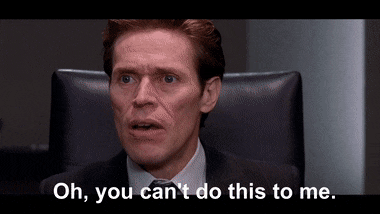
Working on a screenplay from David Koepp of Jurassic Park (1993) and Mission: Impossible (1996) fame, Sam Raimi takes his time telling the origin story of Peter Parker’s transition from a nerdy high-school photographer to the titular superhero after getting bitten by a genetically-modified spider. I remember when I first watched Spider-Man in the cinema, it didn’t take long to convince me that the otherwise 27-year-old Tobey Maguire was born to play the titular role. He has both goofy and innocent charm that made him such a memorable Peter Parker and he is also believable enough as an action hero once he put on the Spidey suit. Even revisiting the first film again twenty years after its initial release, Tobey Maguire’s portrayal of Peter Parker/Spider-Man remains among the best.
The reason why Spider-Man works so well, even with the now-dated special effects and Green Goblin’s cheesy-looking armoured green costume, is Raimi’s approach to balancing his film between comic-book action and character-driven drama. The latter had me emotionally invested not just from the protagonist’s point of view but Raimi also successfully focused on the antagonist part played by the incomparable Willem Dafoe as Norman Osborn/Green Goblin. Dafoe’s unhinged performance in a Dr Jekyll and Mr Hyde-like split personality disorder mode is one for the ages.
I still find Kirsten Dunst’s portrayal of Mary Jane Watson as Peter’s love interest is nothing more than a damsel-in-distress role. With the exception of the now-legendary upside-down kiss scene, it remains a missed opportunity since the otherwise talented Dunst actually deserved better, particularly given some of her impressive past acting resume at the time such as Interview with the Vampire (1994) and The Virgin Suicides (1999).
James Franco and J.K. Simmons deliver respective solid support as Norman’s son and Peter’s best friend, Harry Osborn and Daily Bugle newspaper publisher J. Jonah Jameson. Cliff Robertson, who passed away nine years later at the age of 88, gives one of his career-best performances as Peter’s father-figure-like Uncle Ben, notably his memorable “with great power comes great responsibility” quote.
The action scenes in Spider-Man are equally top-notch, particularly Spider-Man and the Green Goblin’s fight in the burning building (love the part where Spidey dodges the Green Goblin’s spinning blades a.k.a. the Razor Bats in slow motion). Raimi doesn’t hold back in terms of depicting physical violence even for a PG-13 superhero film and this can be evidently seen during the surprisingly final fight between Spidey and the Green Goblin.
The phenomenal success of Spider-Man has certainly opened more doors — for better or worse — for other high-profile superhero films, with Raimi himself even upstaging his first one with a more well-rounded sequel two years later in Spider-Man 2. Tobey Maguire would go on to reprise his iconic role two more times until Spider-Man 3 in 2007. He was originally slated to make a comeback in Spider-Man 4 but the plan fell through after Sony decided to reboot the franchise with Andrew Garfield taking over the role in 2012. Still, Maguire did get his chance to don the costume again in last year’s Spider-Man: No Way Home while Sam Raimi returns to the director’s chair in this month’s Doctor Strange in the Multiverse of Madness.

